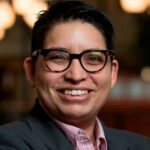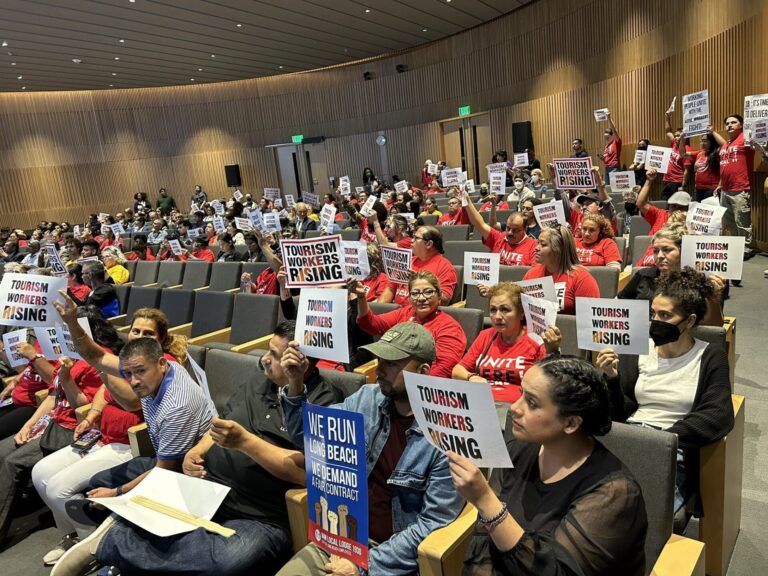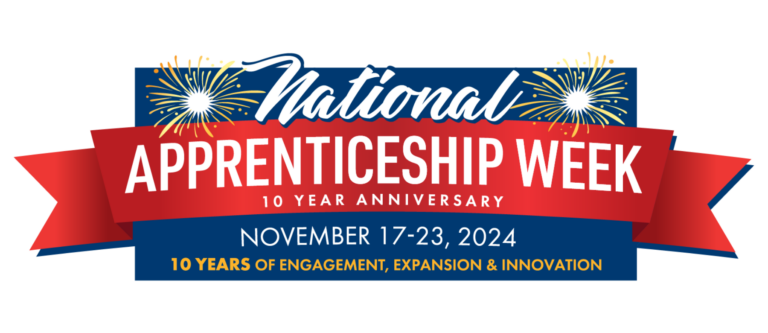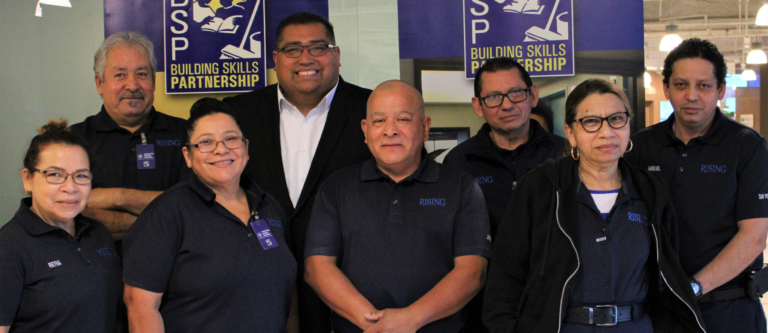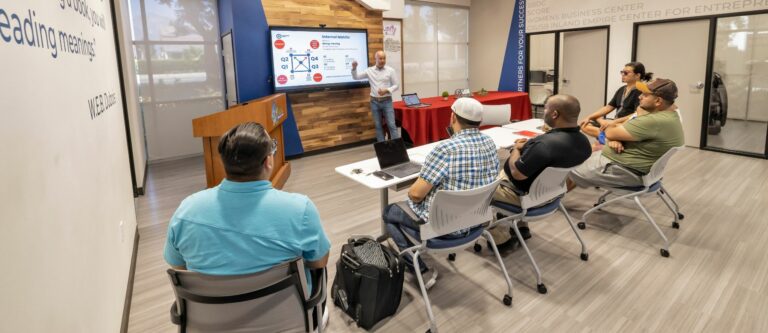The Priority Communities initiative held a learning summit in Los Angeles for leaders from Fresno, Salinas, Stockton, Riverside, and San Bernardino. We spoke to select leaders in attendance to hear their perspectives on their communities and their insights on what it takes to build inclusive economies. The first piece in this series of blog posts features Salinas-based Maria Cadenas, Executive Director of Ventures.
The views and opinions expressed below are solely those of the author and do not necessarily reflect those of The James Irvine Foundation. Responses were edited for length and clarity.
Maria, can you please tell us a little bit about the work of your organization, what you do, and why?
At Ventures, we focus on creating the world we want. For us, it’s about creating economies where gender, race, zip code, or immigration status do not dictate income or wealth. We imagine a world where people have jobs that allow them to thrive, and then ask ourselves what does a business look like in that economy? What does a job look like in that economy? How do we welcome our kids into that world? And how does the educational model function?
We take that framing to rural Latine immigrant families in the Central Coast to partner in building the answers to those questions. We’re both a think tank and an innovator in partnership with community members most negatively impacted by our current economy in developing innovative models. Then we execute, evaluate, and share the learnings in that space. Our work is about facilitating and connecting with community members and activating their power, so that they can determine in partnership how we build the future.
Can you tell us what you think are the greatest strengths in your community?
The people are the greatest strength. This includes our immigrant communities. They’re entrepreneurs and risk-takers. They’re willing to risk it, invent it, create it, and imagine new realities. That’s what got them here. That’s a huge strength in Monterey County. We need to tap into that. There is also a strong connection and support to each other, to the families, and to the land. These are great assets. We must take the time to recognize and value them. It’s the heart, commitment, connection, humanity, and culture that is already here that is our greatest strength.
In terms of an inclusive economy, what does that mean and what does that look like in your community?
We’re building it. As Dr. Chris Benner mentioned, we must recognize that the economy that past generations provided us wasn’t designed for a community of wellbeing. It was designed for the benefit of a few, and it’s functioning exactly that way. An inclusive economy is more than inviting a few more people into same tables. It fundamentally changes cultural norms, processes, and systems that take into account race, gender, and immigration status in ensuring that no one is left out of opportunity and access.
This requires that we reimagine what a new economy looks like, including creating a new narrative about the purpose of businesses as a vehicle for our mutual wellbeing. Money is a tool for us to achieve our dreams and quality of life. What kind of society do we want to have and what role does business play in helping us achieve that society?
To me, an economy for all is one where people can participate, where the planet is not harmed, where people earn a living wage, or they can own their own business. It’s where we can thrive. Most people just want enough money to have a roof over their head, safe streets, go to the movies without worrying about paying the rent, have access to healthcare, and childcare if they need it. That’s what we’re trying to build.
What makes you hopeful or optimistic about this work?
I’m hopeful for everybody who is in this room and the hundreds of community members that are behind the people who are sitting at this table. I’m hopeful that we explicitly called out racial and gender equity in these conversations, that we explicitly include immigrants in these conversations. I’m also hopeful about the level of investment, both from philanthropy, including the Irvine Foundation, and from state and local jurisdictions who are joining in partnership.
There’s still a lot of work to do. This is system-level work and systems are not isolated. They push on each other. As we build businesses, we must consider the banking structures, education system, and the related educational licensing system. They’re all connected, but it’s hopeful that we’re recognizing the integrated complex nature of the work and that there’s willingness to invest in that complexity and in the learning process.
I don’t like the word empower because it has two meanings. One is to give power and the other is to use your power, but given the societal realities of racism and capitalism, when we’re talking about working with communities of color or those that have working-class families, using the word empower assumes that you’re giving power or a savior approach. Hearing fellow colleagues in the room call that out as well was very validating. It reminded me that regardless of place, we come with the same goal in mind, recognizing the power of people – our local communities, our neighbors, ourselves – and activating and helping them use it. Our job is to partner and walk along with them.
That was wonderful. Thank you so much.
Thank you for inviting me to talk and for giving me the space to explore these questions.
Masthead photo credit: Ventures
